Container beet growing is easier than you might think, and I’m here to show you how! Forget sprawling gardens and back-breaking labor; with a few simple tricks and a dash of DIY spirit, you can cultivate a vibrant beet harvest right on your patio, balcony, or even windowsill.
Beets have a rich history, dating back to ancient times where their leafy greens were prized more than the root itself. Over centuries, beets have evolved into the colorful, nutritious root vegetables we know and love today. From borscht in Eastern Europe to roasted salads worldwide, beets have earned their place at the table. But what if I told you that you don’t need a sprawling farm to enjoy fresh, homegrown beets?
In today’s busy world, many of us lack the space or time for traditional gardening. That’s where container beet growing comes in! This DIY guide will empower you to bypass common gardening hurdles, like poor soil or limited space. Imagine the satisfaction of harvesting your own sweet, earthy beets, knowing exactly where they came from and how they were grown. Plus, growing your own food is a fantastic way to reduce your carbon footprint and connect with nature, even in the heart of the city. So, let’s dive in and unlock the secrets to successful container beet growing!
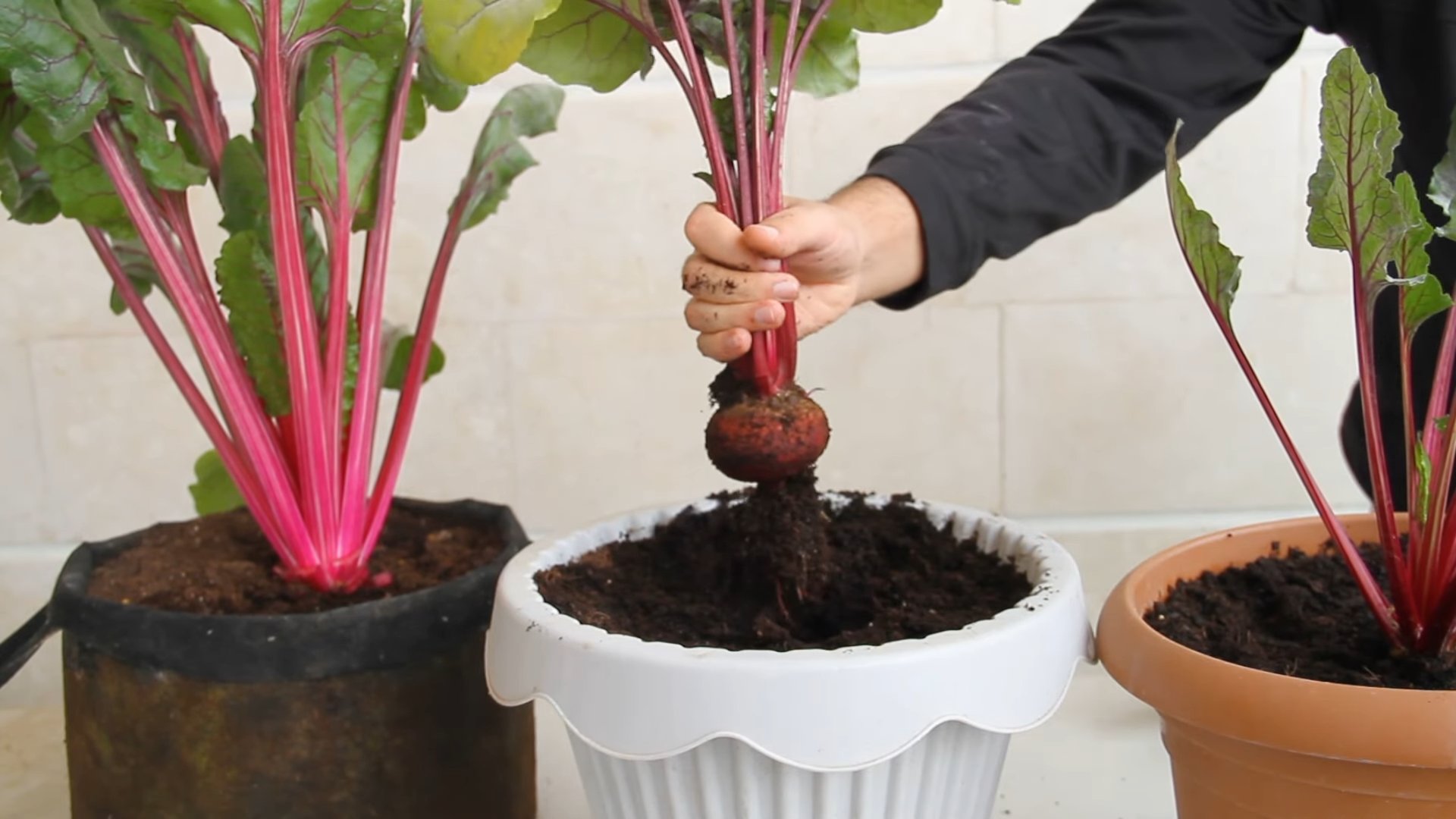
Growing Beets in Containers: A Beginner’s Guide
Hey there, fellow gardening enthusiasts! I’m so excited to share my experience with growing beets in containers. It’s surprisingly easy, even if you don’t have a huge backyard. Beets are packed with nutrients, delicious roasted, pickled, or even eaten raw in salads, and their vibrant greens are edible too! Let’s dive into how you can grow your own bountiful beet harvest right on your patio or balcony.
Choosing the Right Container and Soil
First things first, you’ll need a suitable container and the right soil mix. This is crucial for healthy beet growth.
* Container Size: Beets need room to grow downwards, as that’s where the root (the beet itself!) develops. I recommend a container that’s at least 12 inches deep and 12 inches wide. You can grow multiple beets in a larger container, but make sure to give them enough space – about 3-4 inches between each plant. A rectangular planter box works great for this!
* Drainage: Excellent drainage is essential. Beets don’t like soggy roots. Make sure your container has drainage holes at the bottom. If not, you can drill some yourself.
* Soil Mix: Don’t use garden soil directly in your containers. It’s often too heavy and compacts easily, hindering root growth. Instead, opt for a high-quality potting mix. I like to use a mix specifically formulated for vegetables, or you can create your own by combining equal parts:
* Potting soil
* Compost (for nutrients and water retention)
* Perlite or vermiculite (for drainage and aeration)
Selecting Your Beet Variety
There are tons of beet varieties to choose from, each with its own unique characteristics. Here are a few of my favorites:
* ‘Detroit Dark Red’: A classic, reliable variety with deep red roots and excellent flavor. It’s a great all-around choice.
* ‘Chioggia’: This Italian heirloom beet has beautiful red and white concentric rings inside. It’s milder in flavor than some other varieties and adds a lovely visual element to salads.
* ‘Golden’: As the name suggests, this beet has golden-yellow roots. It’s sweeter and less earthy than red beets and won’t stain your hands when you’re preparing it.
* ‘Cylindra’: This variety produces long, cylindrical beets that are easy to slice and cook. They’re also great for pickling.
Consider the size of your container when choosing a variety. Smaller, rounder varieties like ‘Detroit Dark Red’ might be better suited for smaller containers than larger, more elongated varieties.
Planting Your Beet Seeds
Now for the fun part – planting!
1. Prepare the Soil: Fill your container with the potting mix, leaving about an inch or two of space at the top. Gently pat down the soil to remove any large air pockets.
2. Sow the Seeds: Beet seeds are actually clusters of seeds, so you’ll often get multiple seedlings sprouting from each seed. Sow the seeds about ½ inch deep and 3-4 inches apart. If you’re using a larger container, you can plant them in rows.
3. Water Gently: Water the soil thoroughly after planting, but be careful not to wash away the seeds. Use a gentle watering can or a hose with a spray nozzle.
4. Thin the Seedlings: Once the seedlings emerge (usually in about 5-10 days), you’ll need to thin them out. This means removing some of the seedlings so that the remaining ones have enough space to grow. When the seedlings are about 2 inches tall, thin them to about 3-4 inches apart. Don’t just pull them out! Gently snip them off at the soil line with scissors to avoid disturbing the roots of the remaining seedlings. You can even eat the thinnings – they’re delicious in salads!
Caring for Your Beet Plants
Beets are relatively low-maintenance, but they do need a few things to thrive.
* Sunlight: Beets need at least 6 hours of sunlight per day. Place your container in a sunny spot on your patio or balcony.
* Watering: Water regularly, especially during hot, dry weather. Beets need consistent moisture to develop properly. Check the soil moisture by sticking your finger into the soil. If the top inch or two feels dry, it’s time to water. Avoid overwatering, as this can lead to root rot.
* Fertilizing: Beets are heavy feeders, so they benefit from regular fertilization. I like to use a balanced liquid fertilizer diluted to half strength every 2-3 weeks. You can also amend the soil with compost or aged manure before planting.
* Weeding: Keep the container free of weeds. Weeds compete with the beets for nutrients and water.
* Mulching: Adding a layer of mulch around the beet plants can help to retain moisture, suppress weeds, and regulate soil temperature. I like to use straw or shredded leaves as mulch.
Dealing with Pests and Diseases
Beets are generally resistant to pests and diseases, but there are a few things to watch out for.
* Leaf Miners: These pests tunnel through the leaves, leaving unsightly trails. You can control leaf miners by handpicking the affected leaves or by using insecticidal soap.
* Flea Beetles: These tiny beetles can chew small holes in the leaves. You can control flea beetles by using row covers or by spraying with insecticidal soap.
* Root Rot: This fungal disease can cause the roots to rot. Prevent root rot by ensuring good drainage and avoiding overwatering.
Harvesting Your Beets
The best part! You can harvest your beets when they reach the desired size. This usually takes about 50-70 days from planting, depending on the variety.
1. Check the Size: Gently brush away the soil around the base of the beet to check its size. Most varieties are ready to harvest when the roots are about 2-3 inches in diameter.
2. Loosen the Soil: Loosen the soil around the beet with a trowel or garden fork.
3. Pull Gently: Grasp the beet by the base of the leaves and gently pull it out of the soil. If it’s difficult to pull, loosen the soil further.
4. Harvest the Greens: You can also harvest the beet greens at any time. Simply snip off the outer leaves, leaving the inner leaves to continue growing.
Using Your Beet Harvest
Now that you’ve harvested your beets, it’s time to enjoy them!
* Roasting: Roasting beets brings out their natural sweetness. Simply toss them with olive oil, salt, and pepper, and roast them in a 400°F (200°C) oven for about 45 minutes, or until they’re tender.
* Pickling: Pickled beets are a classic condiment. You can find many recipes online.
* Salads: Raw beets can be grated or thinly sliced and added to salads. They add a vibrant color and a slightly earthy flavor.
* Beet Greens: Don’t throw away the beet greens! They’re packed with nutrients and can be cooked like spinach or kale. Sauté them with garlic and olive oil, or add them to soups and stews.
Succession Planting for a Continuous Harvest
To enjoy a continuous harvest of beets throughout the growing season, try succession planting. This means planting a new batch of seeds every 2-3 weeks. This way, you’ll always have fresh beets ready to harvest.
Troubleshooting
* Beets are small and stunted: This could be due to several factors, including poor soil, lack of sunlight, or overcrowding. Make sure your beets are getting enough sunlight, water, and nutrients, and thin them out if they’re too close together.
* Beet greens are yellowing: This could be a sign of nutrient deficiency. Try fertilizing with a balanced liquid fertilizer.
* Beets are bolting (going to seed): Bolting can be caused by hot weather or inconsistent watering. Try to keep the soil consistently moist and provide shade during the hottest part of the day.
Growing beets in containers is a rewarding experience. With a little care and attention, you can enjoy a delicious and nutritious harvest right at your doorstep. Happy gardening!
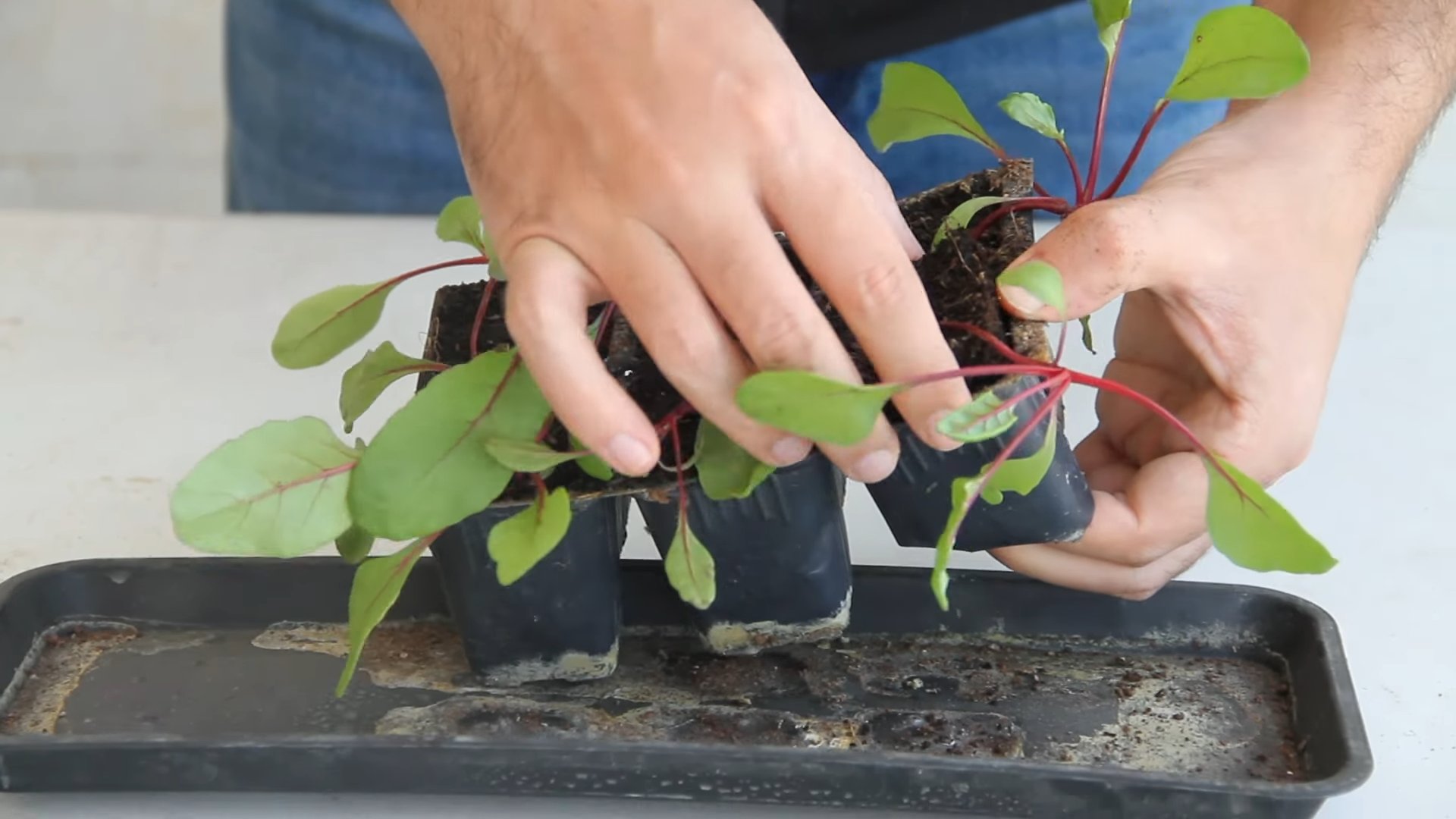
Conclusion
So, there you have it! Growing beets in containers isn’t just a quirky gardening experiment; it’s a genuinely rewarding and accessible way to enjoy fresh, homegrown goodness, even if you’re short on space. We’ve walked you through the process, from selecting the right container and soil to nurturing your beet babies until they’re ready for harvest. But why is this DIY trick a must-try?
Firstly, container beet growing offers unparalleled control. You dictate the soil quality, the watering schedule, and the sun exposure, minimizing the risks associated with unpredictable garden conditions. This is especially beneficial if you live in an area with poor soil or limited sunlight. Secondly, it’s incredibly convenient. No more back-breaking weeding or tilling vast plots of land. Your beet garden is right there, within easy reach, ready for a quick check-up or a satisfying harvest.
Beyond the practical benefits, growing your own beets is simply a joy. There’s something deeply satisfying about nurturing a plant from seed to table, knowing exactly where your food comes from and how it was grown. And let’s not forget the taste! Freshly harvested beets are far superior to anything you’ll find in the grocery store – sweeter, more tender, and bursting with earthy flavor.
Ready to take your container beet growing to the next level? Consider these variations:
* Succession Planting: Plant new seeds every few weeks to ensure a continuous harvest throughout the growing season.
* Companion Planting: Plant your beets alongside other beneficial plants like onions, garlic, or lettuce to deter pests and improve growth.
* Colorful Varieties: Experiment with different beet varieties, such as golden beets or Chioggia beets, for a vibrant and visually appealing harvest.
* Edible Greens: Don’t forget about the beet greens! They’re just as delicious as the roots and can be used in salads, stir-fries, or soups.
We’ve armed you with the knowledge and inspiration to embark on your container beet growing adventure. Now, it’s your turn to get your hands dirty! We wholeheartedly encourage you to give this DIY trick a try. It’s easier than you think, and the rewards are well worth the effort.
But don’t just take our word for it. Plant those seeds, nurture those beets, and experience the joy of homegrown goodness for yourself. And most importantly, share your experience with us! We’d love to hear about your successes, your challenges, and any tips or tricks you discover along the way. Share your photos, your stories, and your beet-inspired recipes in the comments below. Let’s create a community of container beet growing enthusiasts and inspire others to join the fun! Happy gardening!
Frequently Asked Questions (FAQ)
What is the best container size for growing beets?
The ideal container size for growing beets depends on the variety you choose. Generally, a container that is at least 8-12 inches deep and 6-8 inches wide is sufficient for most beet varieties. However, if you’re planning to grow larger varieties like ‘Detroit Dark Red,’ you might want to opt for a larger container, around 12-16 inches deep and wide, to provide ample space for root development. Remember that beets need room to expand downwards, so depth is more important than width. Also, consider the number of beets you want to grow in a single container. A good rule of thumb is to allow at least 3-4 inches of space between each plant.
What type of soil is best for container beet growing?
Beets thrive in well-draining, fertile soil that is rich in organic matter. A good potting mix specifically formulated for vegetables is an excellent choice. Avoid using garden soil directly in containers, as it can become compacted and hinder drainage. You can also create your own potting mix by combining equal parts of compost, peat moss (or coconut coir), and perlite or vermiculite. The compost provides essential nutrients, while the peat moss or coconut coir helps retain moisture, and the perlite or vermiculite improves drainage and aeration. Ensure the soil pH is slightly acidic to neutral, ideally between 6.0 and 7.0. You can test the soil pH using a soil testing kit and amend it accordingly with lime (to raise pH) or sulfur (to lower pH).
How often should I water my container beets?
Watering frequency depends on several factors, including the weather, the size of your container, and the type of soil you’re using. Generally, you should water your container beets whenever the top inch of soil feels dry to the touch. Avoid overwatering, as this can lead to root rot. When watering, water deeply until water drains out of the bottom of the container. This ensures that the roots are thoroughly moistened. During hot, dry weather, you may need to water your beets daily, while during cooler, wetter weather, you may only need to water them every few days. Monitor the soil moisture regularly and adjust your watering schedule accordingly.
How much sunlight do beets need?
Beets need at least 6 hours of direct sunlight per day to thrive. Choose a location for your container garden that receives ample sunlight throughout the day. If you live in a particularly hot climate, you may want to provide some afternoon shade to prevent the beets from overheating. If you don’t have access to a sunny location, you can supplement with grow lights. Place the grow lights a few inches above the plants and provide 12-14 hours of light per day.
When is the best time to harvest my container beets?
The best time to harvest your container beets depends on the variety you’re growing and your personal preference. Generally, beets are ready to harvest when the roots are about 1-3 inches in diameter. You can gently brush away some of the soil around the base of the plant to check the size of the roots. If you prefer smaller, more tender beets, you can harvest them earlier. If you prefer larger beets, you can wait a bit longer. To harvest, gently pull the beets from the soil, twisting them slightly to loosen the roots. You can also use a garden fork to carefully lift the beets from the soil. Don’t forget to harvest the beet greens as well! They can be harvested at any time and used in salads, stir-fries, or soups.
What are some common pests and diseases that affect container beets?
While container gardening reduces the risk of some pests and diseases, beets can still be susceptible to certain problems. Common pests include aphids, flea beetles, and leaf miners. Aphids can be controlled with insecticidal soap or neem oil. Flea beetles can be deterred with row covers or diatomaceous earth. Leaf miners can be controlled by removing and destroying infested leaves. Common diseases include leaf spot and damping-off. Leaf spot can be prevented by providing good air circulation and avoiding overhead watering. Damping-off can be prevented by using sterile potting mix and avoiding overwatering. Regularly inspect your plants for signs of pests or diseases and take action promptly to prevent them from spreading.
Can I grow beets indoors?
While it’s possible to grow beets indoors, it can be challenging to provide them with the necessary sunlight and growing conditions. Beets need at least 6 hours of direct sunlight per day, which can be difficult to achieve indoors. If you want to try growing beets indoors, choose a sunny south-facing window or supplement with grow lights. Use a well-draining potting mix and water regularly. Be sure to provide adequate ventilation to prevent fungal diseases. Keep in mind that indoor-grown beets may not be as large or productive as those grown outdoors.
How do I store my harvested beets?
To store your harvested beets, first remove the greens, leaving about an inch of stem attached. Gently brush off any excess soil, but do not wash the beets. Store the beets in a cool, dark, and humid place, such as a refrigerator or root cellar. You can store them in a plastic bag or container to prevent them from drying out. Beets can be stored for several weeks or even months under the right conditions. The beet greens should be stored separately in the refrigerator and used within a few days.

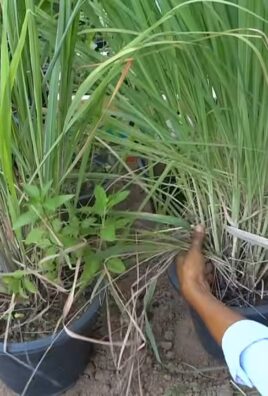
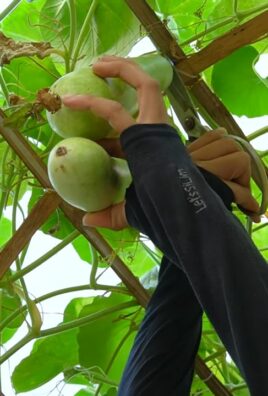
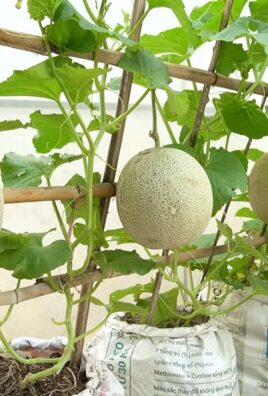
Leave a Comment